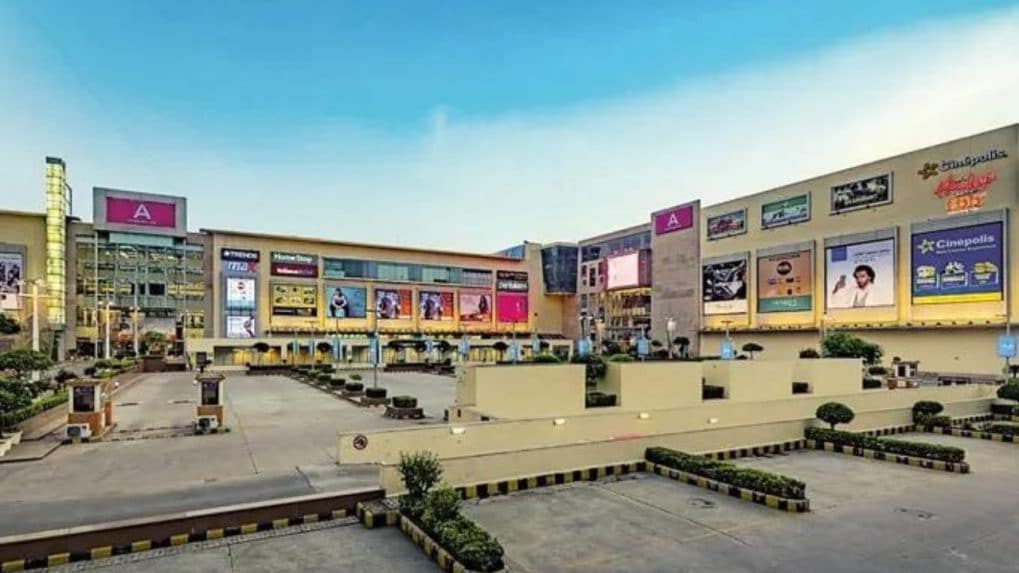Brand Makers
Dil Ka Jod Hai, Tootega Nahin

Direct-to-consumer (D2C) brands are accelerating their offline expansion, with fashion and apparel labels accounting for nearly 60% of retail leasing in H1 2025, according to real estate consultancy CBRE South Asia Pvt. Ltd. This was followed by homeware and furnishings (12%), jewellery (12%), and health and personal care (6%).
The CBRE report “India’s D2C Revolution: The New Retail Order” noted that the share of retail leasing by D2C brands rose sharply from 8% in H1 2024 to 18% in H1 2025. After recording strong growth during the pandemic years of 2020–22, many digital-first players are now pivoting to omnichannel strategies—leveraging pop-ups, flagship outlets, and franchise stores to reach a wider audience.
Unlike earlier years when malls dominated, D2C brands are now diversifying their footprint. In H1 2025, 46% of total leasing was on high streets, followed by 40% in malls and 14% in standalone outlets. Brands are experimenting with formats ranging from pop-up shops and showrooms to traditional brick-and-mortar stores.
City-wise, Delhi-NCR led leasing activity with a 26% share, followed by Bengaluru (22%) and Hyderabad (18%).
Anshuman Magazine, Chairman & CEO, India, South-East Asia, Middle East & Africa, CBRE, said: “While online shopping continues to grow, physical purchases still account for a majority of transactions, making omnichannel growth important. Unlike a standardized online experience, a physical store allows brands to create a tailored shopping environment that helps them connect deeply with their target audience and reinforce their ethos.”
Ram Chandnani, Managing Director, Leasing Services – CBRE India, added, “Physical stores enhance trust and credibility of brands while reassuring customers about product quality. This dual play of digital reach and offline experience is set to define the next chapter of India’s retail growth.”
"The raucous, almost deafening, cuss words from the heartland that Piyush Pandey used with gay abandon turned things upside down in the old world order."
Read MoreFrom OpenAI’s ChatGPT-powered Atlas to Microsoft’s Copilot-enabled Edge, a new generation of AI-first browsers is transforming how people search, surf and interact online — and reshaping the future of digital advertising.